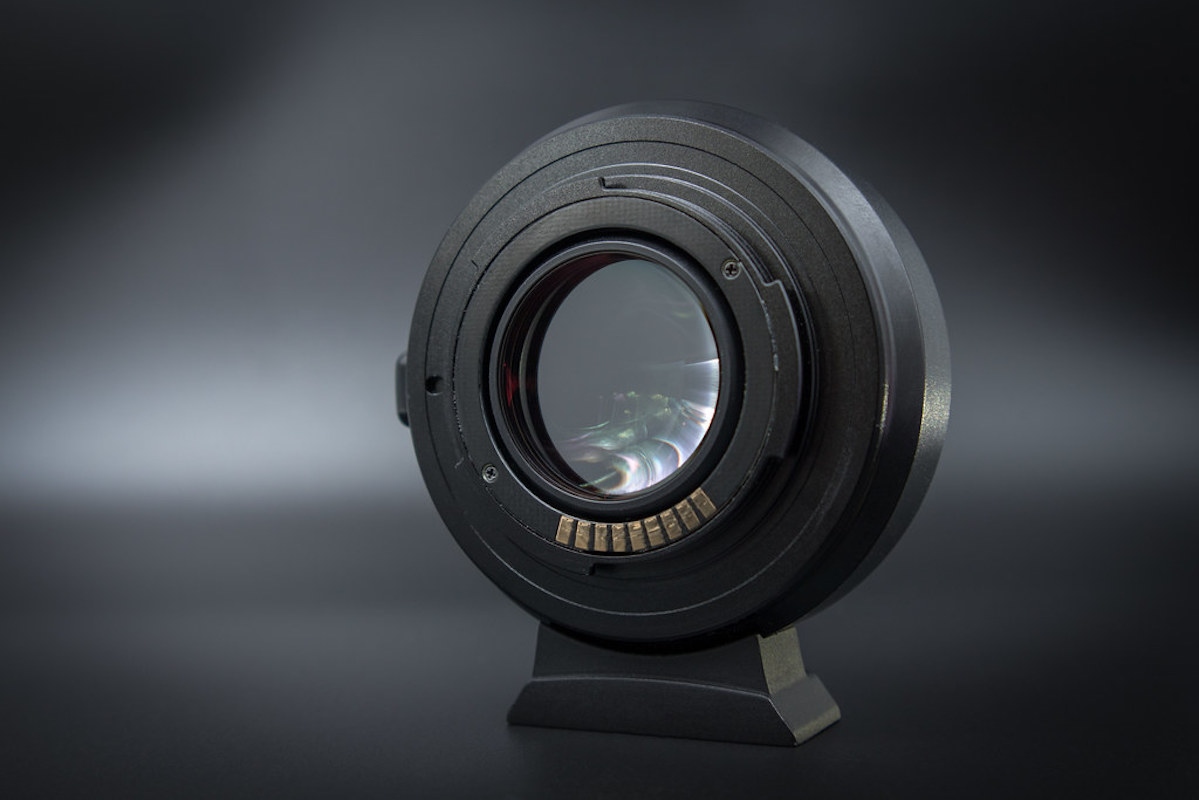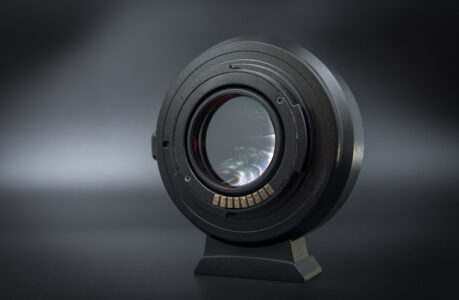When it comes to astronomy, telescopes are an indispensable tool that allow us to explore the universe beyond what our naked eyes can see. However, even the most powerful telescopes can benefit from some extra help to capture more light and provide better resolution. This is where focal reducers come in. In this chapter, we will explore what a focal reducer is, how it works, and why you should consider using one to enhance your stargazing experience.
What is a Focal Reducer?
A focal reducer is an optical device that is designed to decrease the effective focal length of a telescope’s optical system. This is achieved by using a set of lenses that are placed in front of the telescope’s primary mirror or lens. The result is a wider field of view and a faster focal ratio, which means that more light can be gathered in a shorter amount of time.
The concept of focal reduction is not new and has been used in photography for many years. In photography, a focal reducer is often referred to as a “speed booster,” as it allows the camera to capture more light and provide better image quality in low-light situations. Similarly, in astronomy, a focal reducer can help telescopes perform better in low-light conditions and provide sharper images with improved resolution.
How Does a Focal Reducer Work?
A focal reducer works by bending the light that enters the telescope’s optical system. As light passes through the lens, it is refracted, or bent, and focused onto a smaller area of the telescope’s focal plane. This results in a wider field of view and a faster focal ratio.
One important thing to keep in mind when using a focal reducer is that it can also affect the telescope’s magnification. This is because the magnification of a telescope is determined by the ratio of the telescope’s focal length to the eyepiece’s focal length. When the effective focal length of the telescope is reduced, the magnification is also reduced. However, this can be compensated for by using a shorter focal length eyepiece.
Why Use a Focal Reducer?
There are several reasons why you might want to consider using a focal reducer with your telescope:
Wider Field of View
One of the main benefits of using a focal reducer is that it provides a wider field of view. This means that you can see more of the night sky in a single image, which can be particularly useful when observing large objects such as galaxies, star clusters, or nebulae.
Faster Focal Ratio
Another advantage of using a focal reducer is that it increases the speed of your telescope’s focal ratio. This means that your telescope can gather more light in a shorter amount of time, which can be particularly useful when observing faint objects or in low-light conditions.
Improved Image Quality
A focal reducer can also help improve the image quality of your telescope. By reducing the effective focal length, a focal reducer can help reduce optical aberrations such as chromatic aberration, coma, and field curvature. This can result in sharper, more detailed images with improved resolution.
Greater Flexibility
Using a focal reducer can also give you greater flexibility when it comes to choosing your eyepieces. By reducing the effective focal length of your telescope, a focal reducer can help you achieve a wider range of magnifications with the same set of eyepieces.
How to pick a focal reducer
Choosing the right focal reducer for your telescope can be a daunting task, especially if you’re not familiar with the technical details. Here are some key factors to consider when selecting a focal reducer:
Telescope Compatibility
The first thing to consider is whether the focal reducer is compatible with your telescope. Make sure to check the specifications of your telescope to determine what type of focal reducer is compatible with it. Some focal reducers are designed to work with specific brands or models of telescopes, so be sure to do your research before making a purchase.
Focal Length Reduction Ratio
The second factor to consider is the focal length reduction ratio. This is the amount by which the effective focal length of your telescope will be reduced. The reduction ratio will determine the degree of magnification and field of view that you can expect from your telescope. A reduction ratio of 0.5x, for example, will reduce the effective focal length by half, resulting in a wider field of view and a faster focal ratio.
Focal Length Range
It’s also important to consider the focal length range of the focal reducer. Some focal reducers are designed for specific focal lengths, while others are more versatile and can work with a range of focal lengths. Make sure to choose a focal reducer that is compatible with the focal length range of your telescope.
Image Quality
The image quality produced by the focal reducer is also an important factor to consider. Look for a focal reducer that is made from high-quality materials and has precision optics. A well-made focal reducer will help reduce chromatic aberration, coma, and other optical aberrations that can affect the image quality of your telescope.
Price
Finally, consider the price of the focal reducer. Prices can vary widely depending on the quality and features of the focal reducer. While it’s important to invest in a high-quality focal reducer, make sure to choose one that fits within your budget.
Popular focal reducers
There are many different focal reducers on the market, each with its own unique features and benefits. Here are some of the most popular focal reducers among astronomers:
Celestron 0.7x Reducer Lens
The Celestron 0.7x Reducer Lens is a popular choice among astrophotographers. It is compatible with many Celestron telescopes and reduces the focal length by 0.7x, providing a wider field of view and faster focal ratio. This focal reducer is also lightweight and easy to install.
Meade Series 4000 Focal Reducer/Field Flattener
The Meade Series 4000 Focal Reducer/Field Flattener is a versatile option that can work with a range of Meade telescopes. It reduces the focal length by 0.63x, providing a wider field of view and faster focal ratio. This focal reducer also includes a field flattener to help reduce optical aberrations.
Tele Vue TRF-2008 0.8x Reducer/Flattener
The Tele Vue TRF-2008 0.8x Reducer/Flattener is a high-quality option that provides excellent image quality. It reduces the focal length by 0.8x and includes a field flattener to reduce optical aberrations. This focal reducer is compatible with Tele Vue telescopes and other refractors with a 2-inch focuser.
Baader Planetarium RCC-I 0.8x Reducer/Corrector
The Baader Planetarium RCC-I 0.8x Reducer/Corrector is a popular option among astrophotographers. It reduces the focal length by 0.8x and corrects for optical aberrations such as coma and field curvature. This focal reducer is compatible with many telescopes, including those with a 2-inch focuser.
Explore Scientific 0.7x Reducer/Flattener
The Explore Scientific 0.7x Reducer/Flattener is a versatile option that can work with a range of telescopes. It reduces the focal length by 0.7x and includes a field flattener to reduce optical aberrations. This focal reducer is also lightweight and easy to install.

